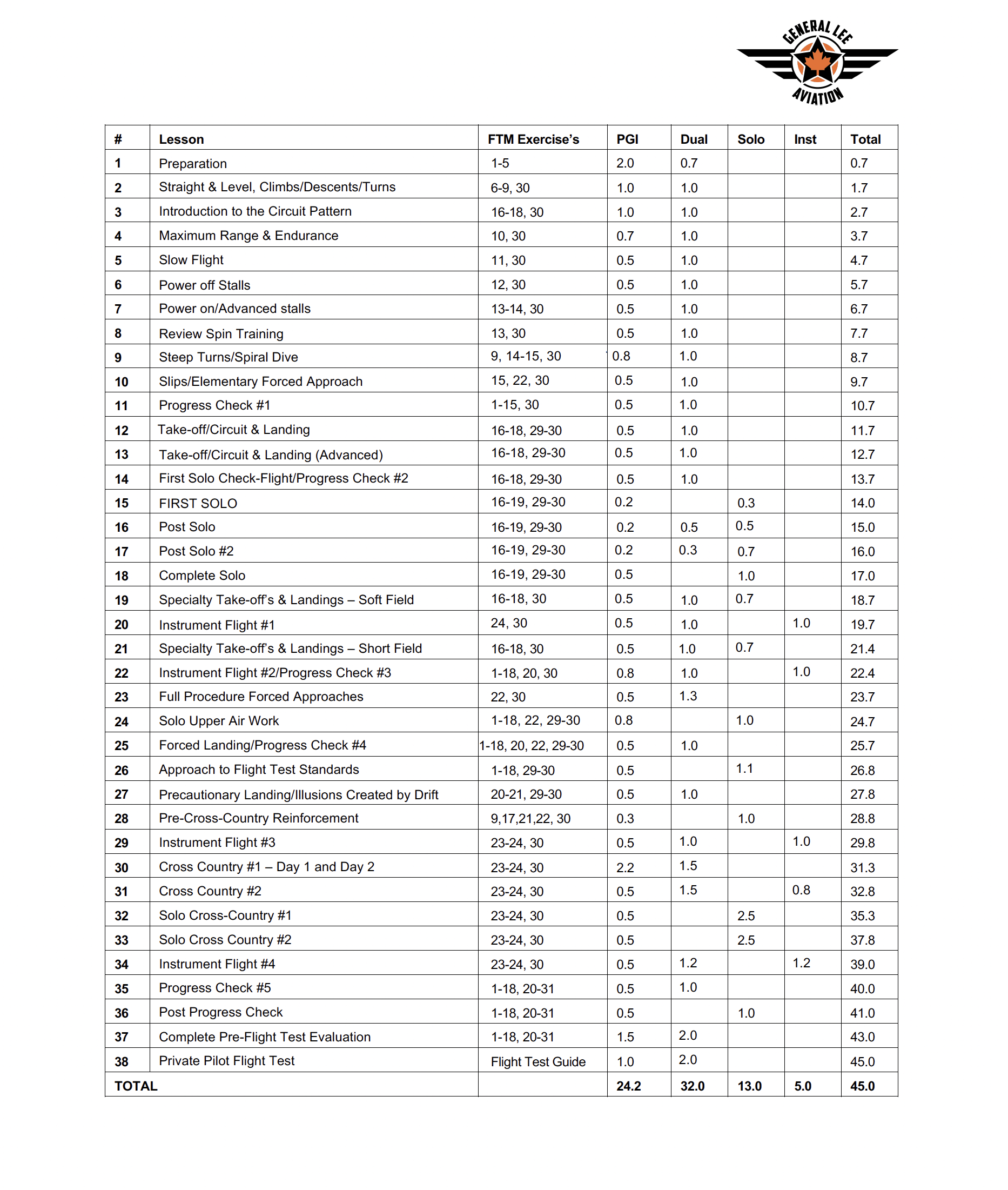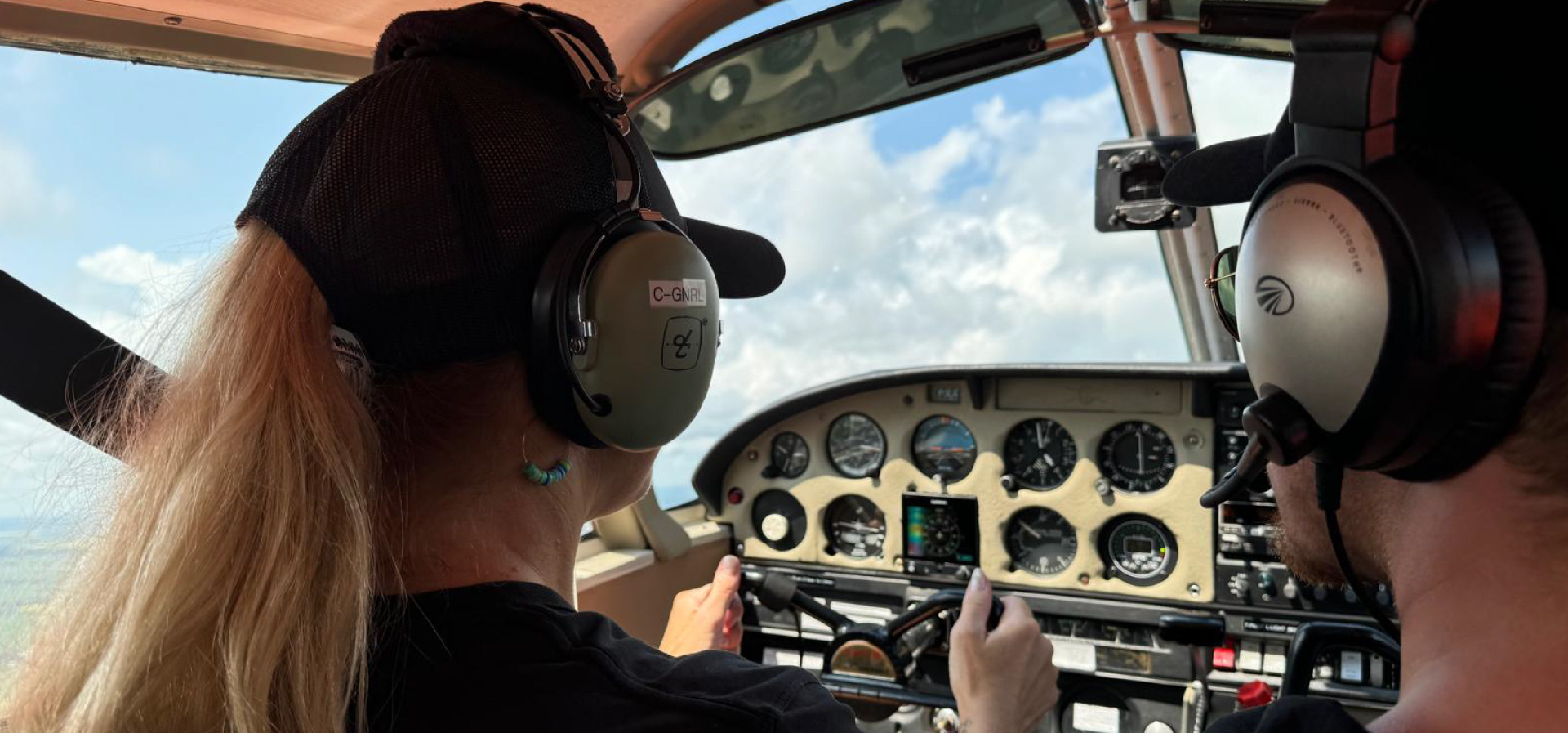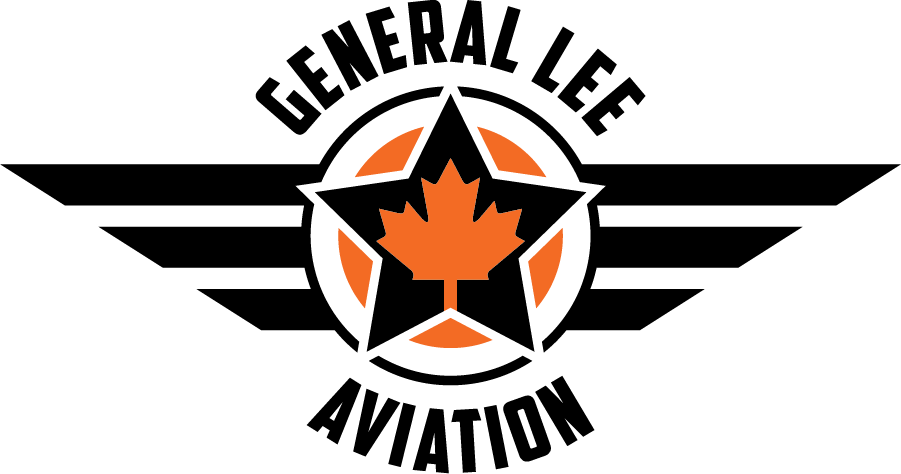PPL
PPL
• PRIVATE PILOT LICENSE •
Our PPL training is designed to be flexible, allowing students to progress at their own pace. The course length depends on lesson frequency and student commitment:
• Accelerated Pace: Complete in 10 weeks with 4 lessons per week.
• Recommended Pace: We suggest 4 months with 3 lessons per week for steady progress.
• Flexible Pace: Training at 2 lessons per week typically takes around 6 months.
• Full-Time Option: Students training full-time may complete the course even faster.
The national average flight time to obtain a Private Pilot License is 65 hours, however our goal is to help you complete training closer to the required 45 hours through efficient and structured instruction.
The total hours needed depend on each student’s aptitude, dedication, and consistency. To maximize learning and reduce training time, we encourage students to:
• Stay on top of ground school material and review lessons before each flight.
• Utilize our certified AL-SIM simulator for additional practice.
• Approach training with focus and commitment to improve efficiency.
With the right preparation and dedication, you can achieve your Private Pilot License effectively and with confidence.
Medical Fitness: Category 1 or 3 medical, obtained from an aviation medical examiner, including an ECG for the completion of the PPL.
Minimum of Category 4 medical for the issue of a student pilot permit, with the ability to obtain a Class 1 or 3 medical, including an ECG, is required for the completion of the PPL.
Prior to flying SOLO: The following is required:
• Pass mark of a minimum 90% the PSTAR exam
• Obtain a Radio Operators Certificate
• Medical Certificate Category 4, 3 or 1
• Issued a Student Pilot Permit.
Subjects:
• Aerodynamics and Theory of Flight
• Meteorology
• Airframes, Engines, and SystemsFlight Instruments
• Radio and Electronic Theory
• Navigation
• Flight Operations
• Licensing Requirements
• Human Factors, including pilot decision-making.
Supplies Included:
• Flight Training Manual
• E6B Flight Computer, Navigation Plotter & ICAO Ruler
• Aeronautical Information Manual
• VFR Radio Procedures
• Air Command Weather Manual
• VTA and VNC Navigational Charts
• Pilot Training Record and Logbook
• Pilot Operating Handbook (POH)
• GLA bag and swag
Written Exam Requirements:
Ground School Grade Required:
• Air Law – regulations, rules and orders, air traffic services, practices and procedures, and licensing requirements relevant to the permit
• Navigation – navigation, radio aids, and electronic theory
• Meteorology
• Aeronautics – General Knowledge – airframes, engines, and systems, theory of flight, flight instruments, flight operations, and human factors.
Hangaaar Hybrid Online Ground School Courses:
In-person classroom is with an instructor to administer the course able to answer any additional questions Tues & Thurs 1800-2100 or you can join via web meeting to the in-person class to be a part of the discussions remotely.
Duration is for 10 weeks and then repeats for the next class. If you miss a class, like to review a topic or looking for extra help, you can view the presentations on your own online or booking one on one with an instructor.
• General Lee Aviation (welcome) & Cherokee type exam
• Private Pilot (PPL) or Recreational Pilot Permit or Private Pilot Alternate Category (PARAC)
• PSTAR
• Radio ROC-A
• Crew resource management.
• Garmin 430W Basic Operations
• How to pass your PPL written exam & flight test
• Aviation weather reports and forecasts
Flight Hours:
A minimum of 45 hours of flight training under the direction and supervision of the holder of a Flight Instructor Rating – Aeroplane including:
• 17 hours dual, including 5 hours instrument training, 3 hours cross-country.
• 12 hours solo flight time, including 5 hours cross-country flight time with a flight with a minimum of 150 nautical miles which shall include 2 full stop landings at points other than the point of departure.
Preparatory Ground Instruction (PGI)
Pre-Flight and Post-Flight Debriefings:
Flight Test:
Flight Training Syllabus:
Developed in accordance with the Flight Instructor Guide (FIG) to understand what is to take place during a training flight with a Prepatory Ground Instruction (PGI) completed prior to a new exercise and a Preflight Briefing (PFB) prior to each flight.
It is the expectation of every student that the required reading listed for each lesson be completed prior so more instruction time will be spent in the air, rather than on the ground. Debriefing will occur during the exercise and a post briefing to provide the student with the opportunity to discuss and obtain clarification on any points involved in the lesson.
Unforeseen circumstances such as weather and mechanical issues may postpone some flights, but our goal is to have you finish as close to the required 45 hours as possible. Progress checks will be completed as the student completes a series of lessons. The results of the progress check will be provided to the student, as well as a copy placed in their training file.
Air Exercises:


Timeline:
Current National average flight time to complete the private pilot license is 65 hours our goal is to try and get you to complete closer to the 45 hours required.
The aptitude & ability of the student determines the number of hours it will take to complete the course. The more focused & diligent the student applies himself/herself, the less time it will take. Staying on top of the ground school and reading the required lesson materials before each flight and using the simulator as much as possible will aide in learning efficiently.
The following cost estimate is based on Transport Canada minimum requirements to be permitted to attempt the flight test and any additional training required to meet the standards will be billed at the applicable rate.
Cost Breakdown:
• 17 Hours Flight Training Dual – $320/hour: $5,440
• 28 Hours Flight Training Solo – $230/hour: $6,440
• 28 Hours Solo Supervision – $40/hour: $1,120
• 24 Hours Ground Briefing – $90/hour: $2,160
• 40 hours Classroom, Books, Supplies & Online Program: $1000
Total ($CAD): $16,160
**The following cost breakdown has been provided as an average cost for a typical student. These hours take into consideration work schedule, availability, and aptitude.**
• 32 Hours Flight Training Dual – $320/hour: $10,240
• 13 Hours Flight Training Solo – $230/hour: $2,990
• 13 Hours Solo Supervision – $40/hour: $520
• 24 Hours Ground Briefing – $90/hour: $2,160
• 40 hours Classroom, Books, Supplies & Online Program: $1000
Total ($CAD): $16,910
**Current National average is 65 hours for completion of PPL doing part time studies**
• 45 hours dual, 20 hours solo, 20 solo supervision, 30 ground briefing = $22,500
Note:
Transport Canada medical examination average cost – $200
Transport Canada Flight Test $450, licensing $55, and written exam $155 – estimated –
Additional ground briefing if required is $90/hour.
Hourly rate includes fuel and $5 million liability insurance. Fuel price is subject to change.
Aircraft are instrument rated equipped with Garmin G5 indicators, Garmin 430w, Dual nav/comm, Garmin 696 panel mount with XM weather/radio, iPad mini with Foreflight, paper charts/CFS and Cockpit Go-Pro video for flight review.
(Taxes not included)

